LUPINUS
Lupinus
L., Sp. Pl. ed.1: 721. 1753; Gen. Pl. 5: 322. 1754; Bailey, Man. Cult. Pl. (Revised ed.) 564. 1968; Gillett et al., Fl. Trop. East Africa 1971; Fl. Pak.@ eFloras.org p. 33; Fl. Panama; Costa Rica plant Handbook; New York Botanical Garden; Fl. West Tropical Africa 2: 44; Fl. Zambesiaca 3: 7. 2003.
Annuals, biennials or perennials; mostly erect or ascending herbs or shrubs. Twigs mostly pubescent, without spines. Leaf generally palmately multifoliate, 5-or more leaflets; leaflets narrow pubescent, sometimes sericeous, with a single prominent nerve; petiolules inconspicuous; petioles long, pubescent. Stipules mostly narrow, adnate to petiole. Flowers usually numerous in terminal and leaf-opposed racemes, alternate to verticillate. Flowers blue or purple-pink to purple or reddish, bisexual, zygomorphic, 5-merous, perigynous, pedicellate, pedicels slender; bracts caducous; bracteoles adnate to base of calyx, persistent. Sepals 5, partially connate in bilipped calyx, almost to base, upper lip 2-toothed, lower lip 3- toothed or entire. Corolla papilionaceous; vexillum orbicular or broadly ovate, with sides strongly reflexed at anthesis; wings connate at apex; keel beaked above. Stamens 10, monoadelphous into a closed tube for half of their length, filaments unequal; anthers dimorphic, long and linear alternating with minute and subglobose. Monocarpellary, ovary sessile, villous, unilocular, 2-many-ovuled, placentation marginal; style incurved, glabrous; stigma capitate, with a ring of hairs beneath it. Legume coriaceous, oblong, compressed, 2-valved, often slightly constricted between the seeds, villous, dehiscing explosively with a spiral tension, 2-12 seeded.
604 species
Lupinus hartwegii OR L. nanus
Lupinus hartwegii
OR
L. nanus
Lupinus hartwegii Lindl., Edwards’s Bot. Reg. 25: t. 31. 1839.
Lupinus nanus Douglas ex Benth., Trans. Hort. Soc. London, ser. 2, 1: 409. 1835.
Annual herb, erect, 30-45 cm tall. Stem branched, pubescent. Leaves alternate; palmately multifoliate, 7-8 foliate; leaflets 2-5.5 x 0.6-1.2 cm, oblong- lanceolate, base attenuate, apex acute, mucronate, nerve single, conspicuous abaxially, sericeous abaxially, puberulent adaxially; petiole up to 6 cm long, pubescent; stipules adnate to petiole, ca. 5 mm long, linear-subulate, pubescent. Flowers numerous in terminal and leaf-opposed racemes, up to 15 cm long with peduncle up to 10 cm long, in dense whorls, each whorl with mostly 5 flowers; flowers bisexual, zygomorphic, 5-merous, perigynous, 1.2-1.5 cm long, blue or purple-pink to purple or reddish. Pedicels 3-4 mm long, pubescent. Bracts ca. 7 mm long, subulate, pubescent, caducous. Bracteoles adnate to base of calyx, persistent. Sepals 5, partially connate in bilipped calyx, pubescent; calyx tube ca. 2 mm long; lips nearly equal, ca. 7 mm long; upper lip deeply 2-lobed and lower lip entire, lobes with acute apex. Corolla papilionaceous; vexillum nearly orbicular, 1.2-1.3 cm x 1.3-1.4 cm, emarginate, very shortly clawed; wings ca. 1.3 cm x 0.7 cm, obliquely ovate, connate at apex, shortly clawed, claw ca. 1 mm long; keel boat-shaped, shortly clawed, nearly equal to wings, apex beaked. Stamens 10, monoadelphous into a closed tube for half of their length, ca. 5 mm long; filaments (free part) unequal, long filaments ca. 6 mm long, thick, pubescent and short filaments ca. 2 mm long; anthers dimorphic: long and linear, oblong, ca. 1.5 mm long on short filaments, alternating with minute and subglobose, ca. 0.2 mm long on long filaments. Ovary sessile, villous, unilocular, 5-6-ovuled, placentation marginal; style ca. 6.5 mm long, incurved, glabrous; stigma capitate, with a small group of hairs beneath it. Legume oblong, up to 4 cm long, compressed, densely villous, 2-valved, often slightly constricted, dehiscing by 2 valves. Seeds 4-6 per legume, obliquely arranged, ca. 4-5 mm x 3 mm, flattened, mottled with grey and dull white, oblong, plump with a small sunken hilum.
Common Names: Lupine, Sky Lupin ‘Pixie Delight’, Field Lupin ‘Pixie Delight’. Lupinus
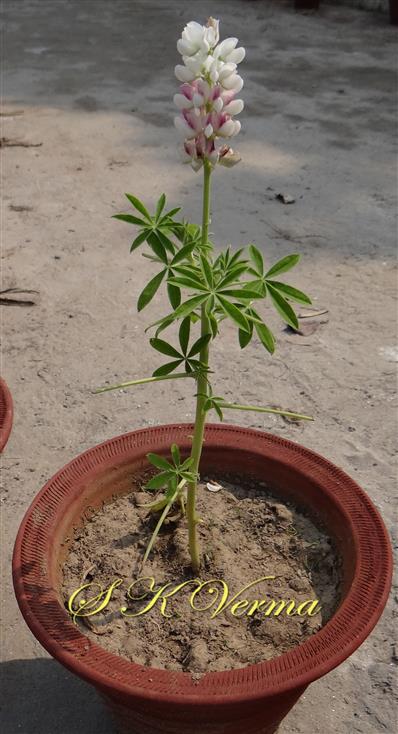
-DSC00136.jpg)
-DSC05975.jpg)
-DSC05976.jpg)
-DSC05990.jpg)
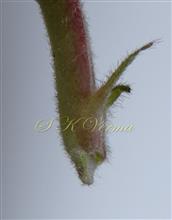
-DSC05997.jpg)
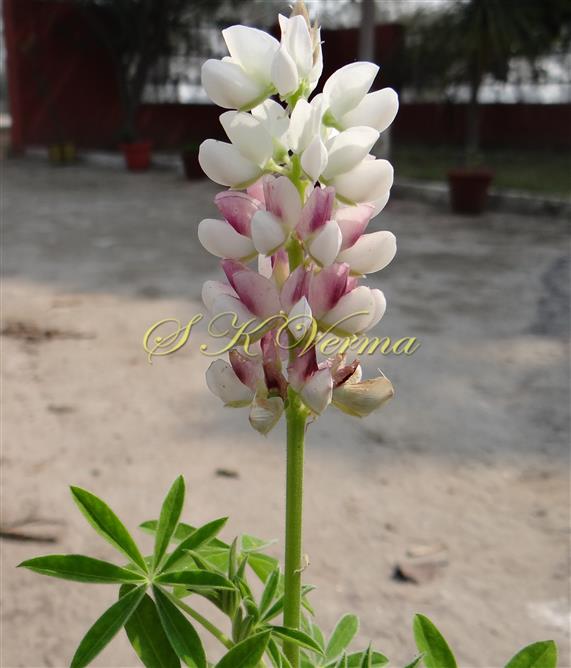
-DSC06097.jpg)

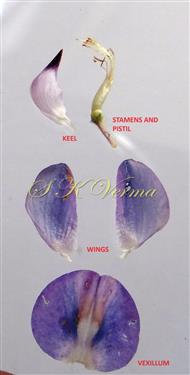
-6105.jpg)
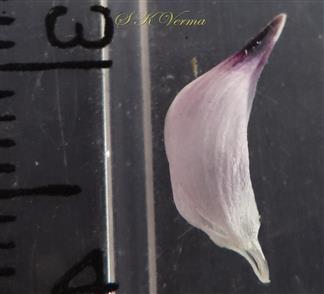
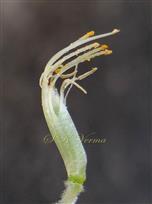
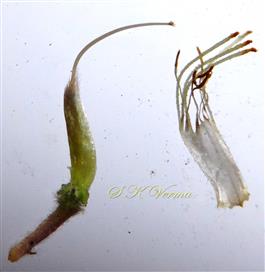
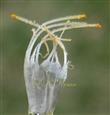
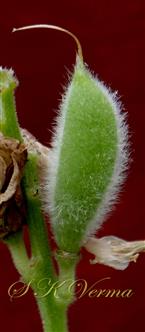
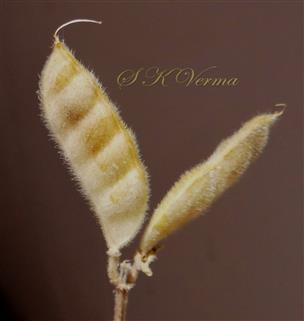
-DSC06812.jpg)
-DSC06806.jpg)
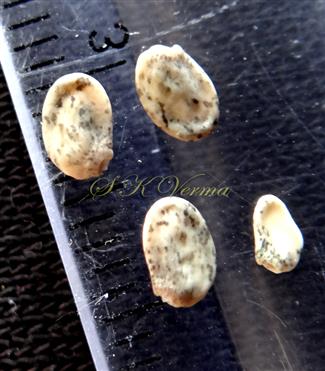


-DSC00136.jpg)
-DSC05975.jpg)
-DSC05976.jpg)
-DSC05990.jpg)

-DSC05997.jpg)

-DSC06097.jpg)


-6105.jpg)






-DSC06812.jpg)
-DSC06806.jpg)
